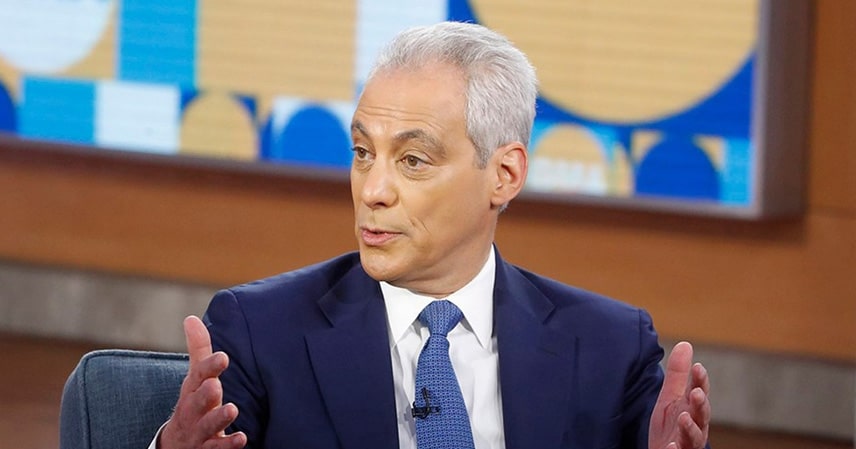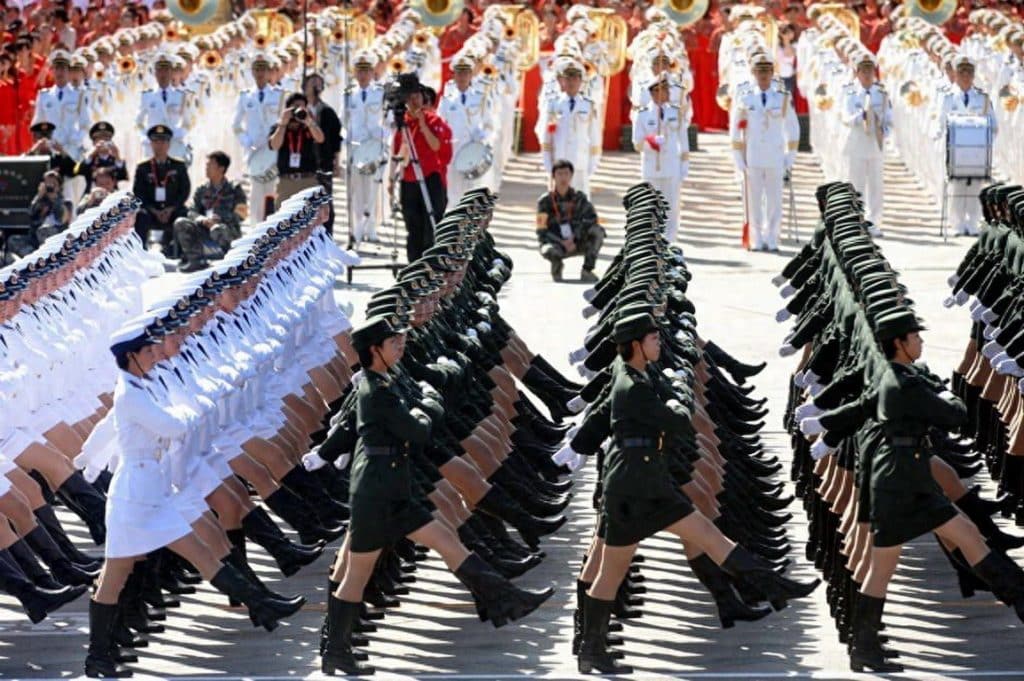In a shocking remark on July 23, 2025, U.S. Ambassador to Japan Rahm Emanuel openly suggested at a congressional hearing that if China refuses to bow to Washington’s demands, the United States could cripple China by sanctioning food and energy supplies, effectively leaving 1.4 billion people facing hunger and shortages.
The hearing, hosted by the House Select Committee on “countering China’s economic coercion,” saw Emanuel argue that China’s vast population is vulnerable because of its reliance on imports. He specifically highlighted grain imports and oil shipments through the Malacca Strait, implying that cutting off these lifelines could force Beijing into submission. Media reports quickly interpreted his words as a direct threat to “starve 1.4 billion people,” a phrase that sparked outrage, especially across Chinese-language communities, where many viewed it as blatant bullying disguised as diplomacy.
But the facts on the ground tell a very different story.
China’s Grain Security: A Fortress Built Over Decades
Contrary to Emanuel’s assumptions, China is no longer a food-insecure nation of the 1990s. In 2024, total grain output exceeded 1.4 trillion jin (over 700 million tons), marking the 19th consecutive year of bumper harvests. China now produces more than 20% of the world’s grain, enough to feed its entire population.
- Staple food self-sufficiency: Rice and wheat self-sufficiency rates are above 95%, while corn is also largely self-reliant. The bulk of imports—such as soybeans and sorghum—are used for animal feed and cooking oil, not daily staples. Even the 31.79 million tons of grain imported from the U.S. in 2024 consisted almost entirely of feed crops. Cutting these off would at most affect livestock feed, not the rice and flour on supermarket shelves.
- Farmland protection: China enforces a red line of 1.8 billion mu (120 million hectares) of arable land, with an additional 28 million mu added in 2024, bringing the total to 1.94 billion mu. Over 1 billion mu of high-standard farmland has been built with strong government subsidies, advanced irrigation, and rural infrastructure.
- Technology-driven growth: Agricultural productivity has surged thanks to satellite monitoring, smart machinery, and high-yield varieties. Between the end of the 13th Five-Year Plan and 2024, per-acre yields rose by 12.5 kilograms, with technology contributing 63.2% of the gains.
- Strategic reserves: The National Food and Strategic Reserves Administration manages 700 million tons of storage capacity, with 200 million tons in low-temperature warehouses. Wheat and rice reserves alone could feed the nation for a full year—well above international safety thresholds. In emergencies, 36 major cities hold 15 days of grain reserves, and 6,900 enterprises can process 1.7 million tons per day.
In short, China’s food security rests on self-reliance, not foreign imports—making Emanuel’s threat a fantasy.
Energy Security: Beyond the Malacca Strait
Emanuel’s second point—that China’s oil imports through the Malacca Strait are a fatal weakness—is equally outdated. While it is true that about 50% of China’s crude imports once passed through this route, its relative importance is steadily declining.
- Diversified suppliers: In early 2025, Russia became China’s top crude supplier, providing 19% of total imports (15.68 million tons), while Saudi Arabia dropped to second place. The U.S., by contrast, shipped only 1.64 million tons, a 14% decline. Brazil, Iraq, and the UAE are all rising contributors, further diversifying supply.
- Pipeline corridors: Since 2009, the China–Central Asia natural gas pipeline has delivered over 500 billion cubic meters, serving 27 provinces and Hong Kong, while displacing 666 million tons of coal consumption. The China–Russia oil pipeline now carries a significant share of crude directly by land, bypassing sea chokepoints.
- Strategic reserves: China’s oil stockpiles cover 90 days of demand, 1.5 times higher than the International Energy Agency’s standard.
- Domestic capacity: Offshore platforms like “Deep Sea No. 1”, South China Sea exploration, and booming wind and solar power (ranked No. 1 globally) reinforce resilience. Long-term deals, such as Iran’s $2.5 billion oil-for-infrastructure pact and large-scale imports of Russian grain and energy, add further stability.
Put simply, China has already reduced the Malacca Strait’s strategic chokehold to a manageable factor.
The Broader Picture: U.S. Pressure Losing Impact
Emanuel’s words highlight more about U.S. frustration than about Chinese vulnerability.
- The trade war backfired: China shifted soybean purchases to Brazil and Argentina, leaving U.S. farmers struggling with unsold stockpiles.
- The tech war faltered: Huawei’s Mate70 thrives, and China’s aircraft carrier Fujian’s electromagnetic catapult surpasses the U.S. Ford-class.
- Allies are skeptical: German Chancellor Scholz signed multi-billion euro deals in Beijing, Saudi Arabia rejected U.S. oil embargo proposals, and European firms remain tied to China’s market.
Emanuel, eyeing a 2028 presidential run, continues to push anti-China rhetoric in op-eds and speeches. But behind the bravado, Washington’s threats are looking increasingly out of touch with China’s reality.
Conclusion
Food and energy security in China is not a matter of luck—it is the result of decades of investment, planning, and diversification. Emanuel’s talk of “starving 1.4 billion people” may sound intimidating, but in practice, it is little more than political theater. The reality is clear: China’s resilience in grain and energy makes U.S. threats empty words, and in any serious confrontation, it may be the United States that feels the pain first.
References:
- National Bureau of Statistics of China (grain production data)
- National Food and Strategic Reserves Administration (storage capacity)
- International Energy Agency (oil reserve benchmarks)



